This article was co-authored by Bess Ruff, MA and by wikiHow staff writer, Amber Crain. Bess Ruff is a Geography PhD student at Florida State University. She received her MA in Environmental Science and Management from the University of California, Santa Barbara in 2016. She has conducted survey work for marine spatial planning projects in the Caribbean and provided research support as a graduate fellow for the Sustainable Fisheries Group.
There are 11 references cited in this article, which can be found at the bottom of the page.
wikiHow marks an article as reader-approved once it receives enough positive feedback. This article has 15 testimonials from our readers, earning it our reader-approved status.
This article has been viewed 1,064,801 times.
Science tells us that global warming is a serious issue and we're seeing its effects all around us—extreme weather events, rising sea levels, and endangered plant and animal species going extinct on a daily basis. If you want to make a difference and help protect our planet, you've come to the right place! We'll walk you through simple changes you can make at home to make an impact and touch on ways you can help spread the word about global warming.
Steps
Expert Q&A
-
QuestionHow can I help everyone understand that climate change is so important?
 Bess Ruff, MABess Ruff is a Geography PhD student at Florida State University. She received her MA in Environmental Science and Management from the University of California, Santa Barbara in 2016. She has conducted survey work for marine spatial planning projects in the Caribbean and provided research support as a graduate fellow for the Sustainable Fisheries Group.
Bess Ruff, MABess Ruff is a Geography PhD student at Florida State University. She received her MA in Environmental Science and Management from the University of California, Santa Barbara in 2016. She has conducted survey work for marine spatial planning projects in the Caribbean and provided research support as a graduate fellow for the Sustainable Fisheries Group.
Environmental Scientist Do your best to gather as much information as you can about climate change and its impacts. The more educated you are on the topic, the better you will be able to help others understand why it's important. Sometimes it can help to talk to people about climate change on a scale they can understand. For example, if someone lives in a coastal community, you can explain that climate change is causing sea levels to rise, which has already impacted many coastal communities and the severity of this impact will only increase as time goes on.
Do your best to gather as much information as you can about climate change and its impacts. The more educated you are on the topic, the better you will be able to help others understand why it's important. Sometimes it can help to talk to people about climate change on a scale they can understand. For example, if someone lives in a coastal community, you can explain that climate change is causing sea levels to rise, which has already impacted many coastal communities and the severity of this impact will only increase as time goes on. -
QuestionIf a carbon footprint initiative has already been started at my school and I want to implement it further, what can I do?
 Bess Ruff, MABess Ruff is a Geography PhD student at Florida State University. She received her MA in Environmental Science and Management from the University of California, Santa Barbara in 2016. She has conducted survey work for marine spatial planning projects in the Caribbean and provided research support as a graduate fellow for the Sustainable Fisheries Group.
Bess Ruff, MABess Ruff is a Geography PhD student at Florida State University. She received her MA in Environmental Science and Management from the University of California, Santa Barbara in 2016. She has conducted survey work for marine spatial planning projects in the Caribbean and provided research support as a graduate fellow for the Sustainable Fisheries Group.
Environmental Scientist Coordinate with the person or group of people who manage the initiative. Ask them how you can contribute and expand their reach. It could be as simple as starting an initiative in your own household or community.
Coordinate with the person or group of people who manage the initiative. Ask them how you can contribute and expand their reach. It could be as simple as starting an initiative in your own household or community. -
QuestionWhy do cow farts cause global warming?
 wikiHow Staff EditorThis answer was written by one of our trained team of researchers who validated it for accuracy and comprehensiveness.
wikiHow Staff EditorThis answer was written by one of our trained team of researchers who validated it for accuracy and comprehensiveness.
Staff Answer wikiHow Staff EditorStaff AnswerWell, cow farts (and burps!) are made of methane gas, and methane is a potent greenhouse gas. Methane is the second biggest contributor to global warming (after CO2), so it's a pretty big problem. Cows aren't the only producers of methane out there, of course, but they're responsible for more than you think. Scientists estimate that a single cow burps and farts between 160 to 320 liters of methane on a daily basis!
wikiHow Staff EditorStaff AnswerWell, cow farts (and burps!) are made of methane gas, and methane is a potent greenhouse gas. Methane is the second biggest contributor to global warming (after CO2), so it's a pretty big problem. Cows aren't the only producers of methane out there, of course, but they're responsible for more than you think. Scientists estimate that a single cow burps and farts between 160 to 320 liters of methane on a daily basis!
References
- ↑ http://publichealth.lacounty.gov/eh/docs/climatechange/ThingYouCanDotoReduceClimateChange.pdf
- ↑ https://www.nrdc.org/stories/how-you-can-stop-global-warming
- ↑ https://climatekids.nasa.gov/how-to-help/
- ↑ https://www.nrdc.org/stories/how-you-can-stop-global-warming
- ↑ http://publichealth.lacounty.gov/eh/docs/climatechange/ThingYouCanDotoReduceClimateChange.pdf
- ↑ https://www.bbc.com/future/article/20181102-what-can-i-do-about-climate-change
- ↑ https://en.reset.org/act/12-things-you-can-do-climate-change-0
- ↑ https://www.climate.gov/news-features/climate-qa/what-can-we-do-slow-or-stop-global-warming
- ↑ http://publichealth.lacounty.gov/eh/docs/climatechange/ThingYouCanDotoReduceClimateChange.pdf
- ↑ https://www.nrdc.org/stories/how-you-can-stop-global-warming
- ↑ https://www.nrel.gov/docs/fy18osti/70073.pdf
- ↑ http://publichealth.lacounty.gov/eh/docs/climatechange/ThingYouCanDotoReduceClimateChange.pdf
- ↑ https://www.worldwildlife.org/pages/what-you-can-do-to-fight-climate-change
- ↑ https://www.c2es.org/content/what-we-can-do/
- ↑ https://www.nrdc.org/stories/how-you-can-stop-global-warming
- ↑ https://www.climategen.org/take-action/act-climate-change/take-action/
- ↑ https://www.worldwildlife.org/pages/what-you-can-do-to-fight-climate-change
- ↑ https://www.ucsusa.org/climate/solutions
- ↑ https://www.ucsusa.org/climate/solutions
About This Article
Global warming can seem overwhelming, but by taking steps to reduce consumption and engaging in activism, you can help reduce it. Meat products take a lot of energy and resources to create and transport, so eating fewer domestic animal products will reduce your carbon footprint. Even if you don’t give up eating meat entirely, going vegetarian or vegan 1 or 2 days a week can make a difference. You should also try to recycle and reuse whenever you can. Donate old clothing to thrift stores and buy used furniture and clothing instead of buying new things, which is more wasteful. You might also try driving less to reduce carbon emissions. You could ride your bike, carpool, or use public transit. If you want to organize others to reduce global warming, join an advocacy group like Greenpeace or Citizens Climate Lobby. Additionally, call your local representatives and ask them what policy actions they’re taking to prevent global warming. To learn how to install more energy-efficient light bulbs, read on!

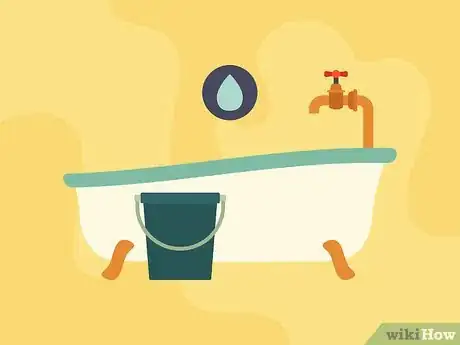

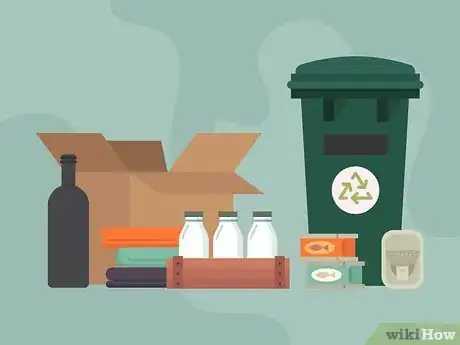
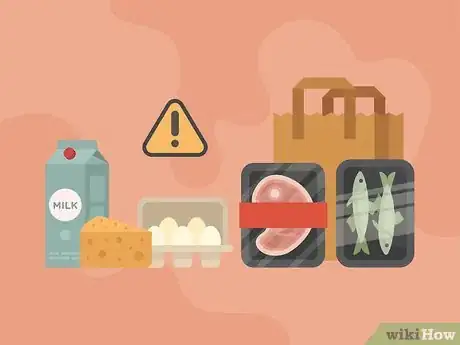
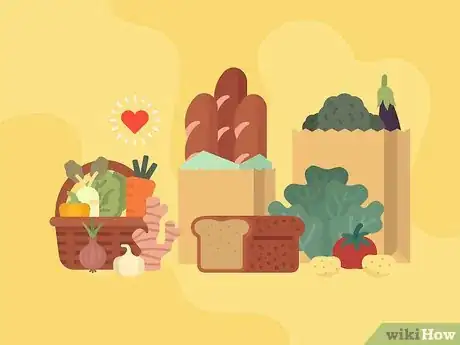
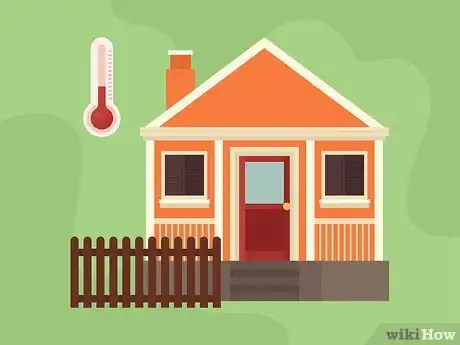
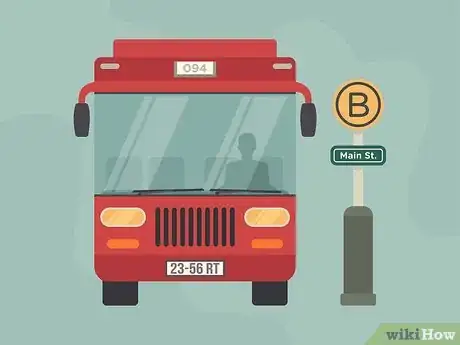
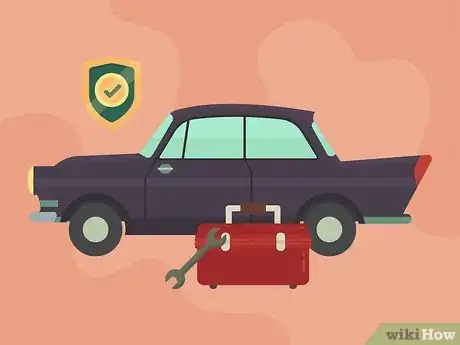

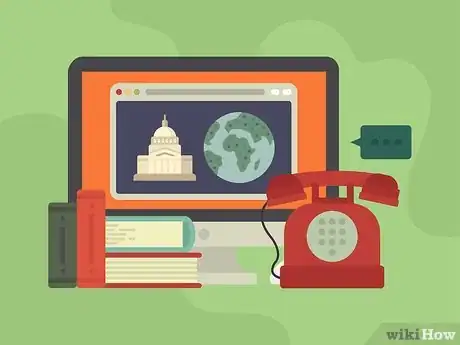
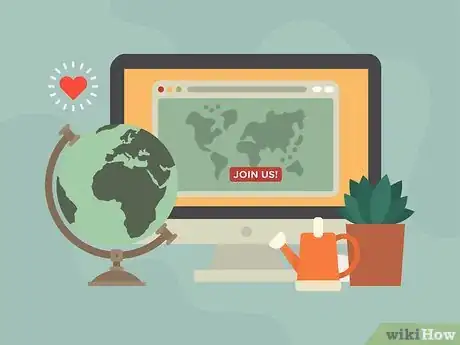


-Step-14-Version-6.webp)

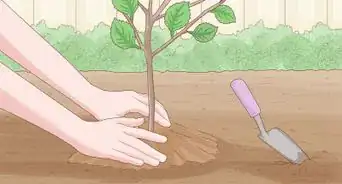


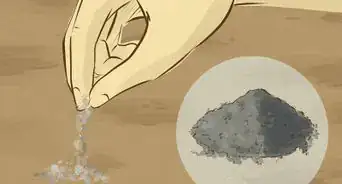
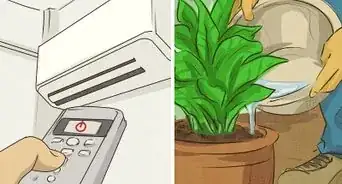
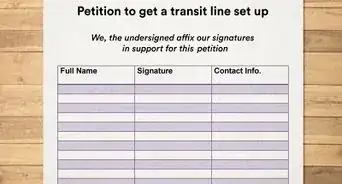


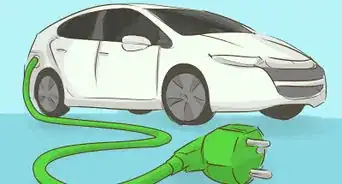
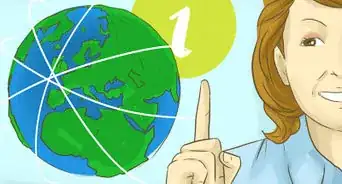












-Step-14-Version-6.webp)



































